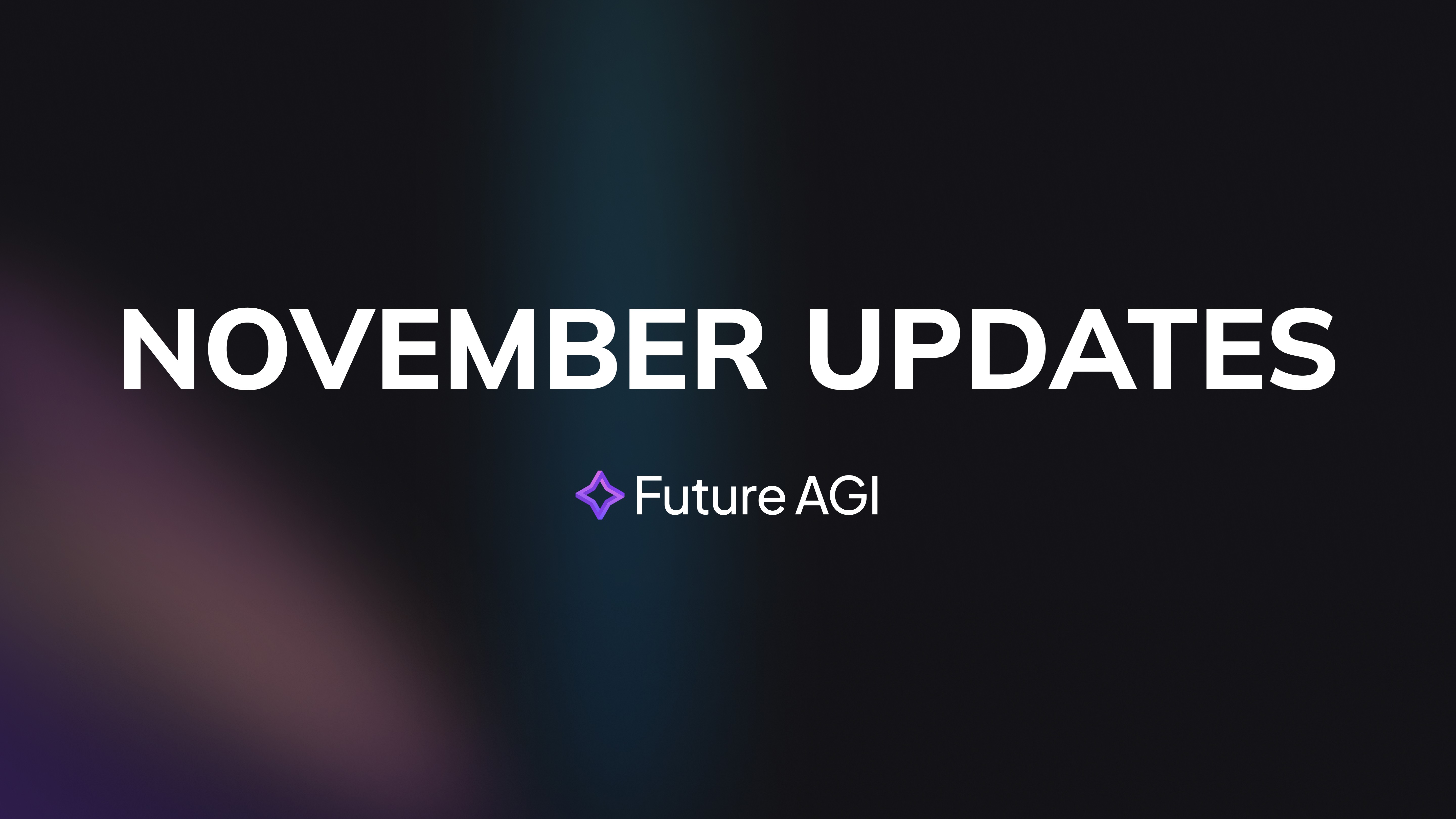Introduction
Artificial Intelligence (AI) prompting is causing a drastic transformation in our interaction with LLMs. For example, helpful prompts can improve the relevance, accuracy, and creativity of AI-generated responses to a large extent. To encourage you to brainstorm, in this detailed guide on AI prompting, we will discuss AI prompting techniques, give real-world AI prompting examples, and share AI prompting best practices to help you get the most from today’s language models.
What is AI Prompting?
AI prompting refers to the process of designing and structuring input queries (prompts) to guide the output of an AI model. Specifically, whether you're asking a question, giving a task, or requesting a summary, the prompt serves as the instruction to the AI. As a result, the quality and structure of a prompt have a profound impact on the model's response.
How AI Prompting Works?
To begin with, to understand how AI prompting works, it's important to know that language models like ChatGPT or Claude are trained on vast datasets and respond to prompts using probability-based predictions. In fact, the model generates the next word or token based on the prompt and its internal knowledge.
We can take advantage of what the model learned from their training with good prompting. For instance, if someone says, “Summarize the following in three bullet points,” it will give a result very different than saying “Summarize this.”
Why Prompting Matters in NLP?
In Natural Language Processing (NLP), prompting refers to the cues that users provide to help machines understand their intent. As a result, it empowers users of various technical abilities to manipulate complex model behavior by using a simple command. So, AI prompting is essential for content creation, coding, translation and summarization and more such other tasks.
Common AI Prompting Techniques
Next, let's explore some popular AI prompting techniques used by researchers and practitioners:
5.1 Zero-shot Prompting
Initially, this technique involves giving the model a task without any prior examples. For instance: "Write a poem about space exploration."
5.2 One-shot Prompting
In this case, you provide one example before giving the actual prompt. For example: "Here's a summary of article A. Now, summarize article B."
5.3 Few-shot Prompting
Here, you give the model a few examples to learn the pattern. As a result, this helps improve the accuracy of the output. For example:
Translate the following sentences:
English: Hello, how are you?
Spanish: Hola, ¿cómo estás?
English: Where is the bathroom?
Spanish: ¿Dónde está el baño?
5.4 Chain-of-Thought Prompting
Furthermore, this strategy involves instructing the model to explain its reasoning step-by-step. In particular, it's especially useful for complex problems:
"Explain the steps you used to solve the math problem."
5.5 Role-based Prompting
Additionally, assigning a role to the AI can influence the tone and style of the response:
"You are a professional career coach. Give advice on preparing for a job interview."
Effective Prompt Formats
To achieve optimal results when interacting with language models, it's important to design effective prompts. Consider the following common formats that can help guide the model's responses more accurately:
6.1 Instruction-based:
This format involves giving direct instructions to the model, such as, "Write a blog post about renewable energy." It is straightforward and clearly communicates the desired output, making it ideal for tasks that require structured responses.
6.2 Q&A Format:
If you want specific answers to particular questions, the Q&A format is highly effective. For example, "Q: What are the benefits of meditation? A: "prompts the model to focus on providing concise and relevant information in response to the query.
6.3 Conditional Prompts:
In cases where the response depends on certain conditions, using a conditional format can be very useful. An example would be, "If X happens, then what should I do?" This format helps the model understand that the response should be contingent on specific scenarios.
6.4 List Format:
When you need a structured list of items or steps, this format works best. For instance, "List five strategies for reducing stress." This prompts the model to generate an organized and easy-to-read list, making it perfect for step-by-step guides or bullet points.
Ultimately, choosing the right prompt format not only clarifies your intent but also streamlines the model's response, ensuring you get well-structured and relevant outputs every time. By understanding these different formats, you can better craft your prompts to achieve the desired results efficiently.
Prompt Engineering: Fine-Tuning Your Inputs
Prompt engineering is the practice of refining prompts to achieve better model behavior. Specifically, it involves trial and error, experimentation, and sometimes adding constraints. Therefore, this is crucial when precision or creativity is needed.
For instance, adding specifics like "in 100 words" or "use a friendly tone" gives clearer instructions.

Prompt Tuning in AI
Moreover, prompt tuning in AI refers to modifying prompts to better align with model architecture and training. In some cases, this involves training soft prompts (learnable vectors) instead of text. While technical, this technique is highly effective in customizing model behavior for specific domains.
Model Behavior Control Through Prompting
By adjusting the wording, tone, and structure of prompts, users can control model behavior. For example, want a formal tone? Start with "Write a professional email..." Alternatively, need humor? Add "Make it funny."
Furthermore, prompting also controls output length, style, and focus. For instance, saying "Keep it under 200 words" or "Focus on pros and cons" will guide the response accordingly.
AI Prompting Best Practices
To get the most out of AI prompting, it's crucial to follow a set of best practices that can enhance clarity and precision in model responses. Here are some practical tips to consider:
10.1 Be Specific:
One of the most important aspects of effective prompting is specificity. Vague prompts often lead to equally vague answers, making it harder to extract valuable insights. For example, instead of asking "Explain technology," try "Explain how blockchain technology enhances data security in financial transactions." The clearer your prompt, the more targeted the response.
10.2 Set Constraints:
Adding constraints such as tone, length, or format can help refine the model's output. For instance, specifying "Write a 300-word blog introduction in a formal tone" sets clear expectations for the model. This technique is particularly useful when you want to match a specific style or adhere to content guidelines.
10.3 Use Examples:
Providing examples in your prompts can dramatically improve the quality of the response, especially in few-shot learning scenarios. For example, if you want the model to generate headlines, you can include a few sample headlines to guide its output. This not only improves context but also reduces the likelihood of off-topic responses.
10.4 Iterate:
Crafting the perfect prompt is often an iterative process. Don't hesitate to tweak and test your prompts multiple times to achieve better results. Small adjustments, like rephrasing a question or adding more context, can significantly improve output quality.
10.5 Avoid Ambiguity:
Ambiguous prompts tend to confuse the model, leading to inconsistent responses. Always strive to clearly define what you want. For example, instead of asking "Tell me about models," specify "Describe the different types of AI models used in machine learning." This ensures the model understands the context and scope of your request.
By following these best practices, you can optimize your prompts to be more effective and targeted, resulting in clearer, more accurate AI-generated content.
AI Prompting Examples
To illustrate, to help solidify the concepts covered in this guide, let's explore several real-world AI prompting examples across various domains. In fact, these examples demonstrate how different prompt formats can elicit targeted and effective responses from AI systems. Moreover, by tweaking these prompts slightly, users can adjust tone, depth, and structure to suit specific needs.
11.1 Content Creation
Prompt: "Write a 200-word article about sustainable agriculture."
As a result, this prompt is straightforward and includes a length constraint. Consequently, the AI understands the expected word count and topic, generating a concise and informative piece that maintains focus.
11.2 Technical Writing
Prompt: "Explain how blockchain works using simple language."
In this case, the phrase "using simple language" guides the AI to tailor the explanation for beginners. Therefore, this is especially useful when creating educational materials for non-experts or new learners.
11.3 Coding Help
Prompt: "Write a Python function to check if a number is prime."
By stating the task clearly, the prompt encourages the AI to deliver a well-structured, functional code snippet. Additionally, you can enhance it further by adding constraints, like "without using recursion" or "with a time complexity of O(sqrt(n))."
11.4 Summarization
Prompt: "Summarize this research paper in three sentences."
As a result, this prompt sets a clear format for output. Consequently, the AI is more likely to extract only the essential points, making it suitable for academic or professional use.
11.5 Translation
Prompt: "Translate this paragraph into French and keep the formal tone."
Not only does this prompt request translation, but also it provides stylistic guidance. Thus, this is crucial in scenarios such as translating business correspondence or official documents.
Altogether, these AI prompting examples show how clarity, specificity, and thoughtful formatting can significantly improve AI-generated outputs across different tasks.
AI Prompting Strategies for Specific Use Cases For:
Educators: Ask for lesson plans or quiz questions.
Marketers: Generate product descriptions or ad copy.
Developers: Request code snippets or debugging advice.
Researchers: Summarize studies or propose hypotheses.
Conclusion: Becoming Fluent in AI Prompting
In conclusion, as AI systems grow more powerful, mastering AI prompting becomes a valuable skill. By understanding how AI prompting works and applying AI prompting strategies, users can unlock more accurate, creative, and meaningful interactions with LLMs.
Moreover, this AI prompting guide is a great starting point. With consistent practice, attention to prompt design, and knowledge of prompt engineering, you can become adept at guiding AI to deliver exactly what you need.
Finally, whether you're a beginner or an expert, applying these AI prompting techniques will elevate your experience and make your prompts more effective across all use cases.
Elevate Your AI with Future AGI
Future AGI helps you unlock 99% accuracy in your AI models with cutting-edge evaluation, optimization, and real-time monitoring tools. From text to image and beyond, build smarter, more reliable AI with seamless integration. Discover the future at FutureAGI.com
FAQs













